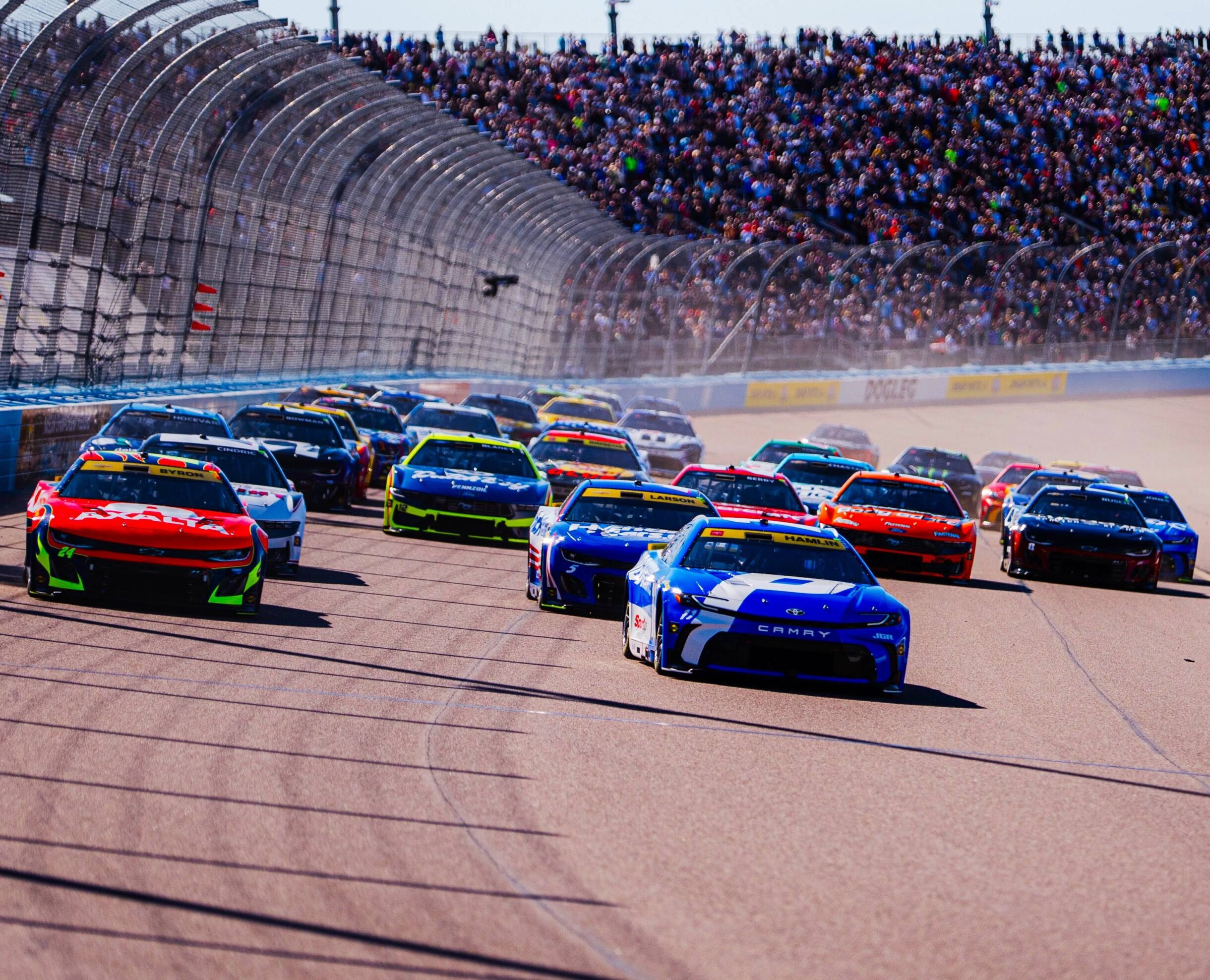Building your own race car is one of the most rewarding experiences for any motorsport enthusiast. The Mini Cooper John Cooper Works (JCW) stands out as an iconic choice thanks to its rich racing heritage, compact size, and remarkable performance potential. Whether you’re preparing for track days, time attack events, or just want to experience the thrill of engineering your own racer, learning how to build your own Mini Cooper JCW race car can be a truly fulfilling project.
Understanding the Mini Cooper JCW Platform
The JCW variant of the Mini Cooper was designed with performance in mind. It features a turbocharged engine, responsive steering, and an agile chassis that provides a strong base for a custom race build. Before you begin your project, it’s vital to assess the model year and condition of the car you’re starting with.
Opt for a version with a solid frame, minimal rust, and a healthy engine. Remember, your modifications will be extensive, but a good base ensures long-term reliability and performance.
Planning Your Race Car Build
Every great project begins with a clear plan. Define your goals early—will this be a weekend track car, a competitive circuit racer, or a performance street machine? Once you’ve established your goal, create a checklist covering budget, components, tools, and workspace requirements.
Key areas to plan include:
- Engine upgrades – Decide whether you’ll tune the stock engine or opt for a complete rebuild.
- Weight reduction – Removing unnecessary interior components dramatically improves performance.
- Safety features – A roll cage, racing harness, and fire suppression system are essential.
- Suspension and handling – Investing in adjustable coilovers and performance bushings provides better control and stability.
Engine and Performance Modifications
The heart of any race car is its engine. The Mini Cooper JCW’s turbocharged engine already delivers impressive power, but with a few strategic upgrades, you can unlock its full potential.
Start by improving airflow with a performance intake system and high-flow exhaust. A larger intercooler helps maintain power under sustained track conditions, while an ECU remap can optimise fuel and air delivery for increased horsepower and torque. For more advanced builders, upgrading the turbocharger and strengthening internal components such as pistons and rods can yield even more performance gains.
Chassis, Suspension, and Brakes
Handling is where the Mini Cooper JCW truly shines. To transform it into a competitive race machine, focus on fine-tuning the suspension setup. Install adjustable coilovers, stiffer anti-roll bars, and upgraded control arms to improve cornering precision and reduce body roll.
Pair these with a set of lightweight performance wheels and semi-slick tyres for enhanced grip on track. Upgrading the brakes to a big brake kit, along with high-performance pads and braided lines, will give you consistent stopping power lap after lap.
Safety and Interior Preparation
Safety is paramount in any racing project. Install a certified roll cage to protect the driver in case of impact and to improve chassis rigidity. Racing bucket seats with five-point harnesses are mandatory for track use, while a quick-release steering wheel can make entering and exiting easier in a confined cockpit.
Strip out unnecessary interior components such as rear seats, carpets, and sound insulation to reduce weight. Adding a fire extinguisher or fire suppression system ensures compliance with track safety regulations.
Electronics and Instrumentation
Accurate data is essential for refining performance. Consider installing a digital dash display or telemetry system to monitor vital statistics such as lap times, oil temperature, and boost pressure. Data logging systems help identify areas for improvement, allowing you to fine-tune your driving and mechanical setup.
Testing and Fine-Tuning
Once your Mini Cooper JCW is assembled and track-ready, the real work begins—testing. Take your car to a local circuit and start with moderate pace runs to evaluate handling, braking, and temperature management. Adjust suspension settings, tyre pressures, and ECU parameters based on real-world performance feedback.
It’s common to revisit and refine your setup multiple times before achieving the ideal balance between power, handling, and reliability. Documenting every change helps track progress and identify what works best for your specific track conditions.
The Joy of Building Your Own Racer
Few things compare to the pride of driving a machine you’ve built with your own hands. Every nut, bolt, and modification represents hours of dedication and passion. You’ll gain an in-depth understanding of your car’s mechanics and develop valuable skills in tuning, engineering, and motorsport preparation.
If you’re inspired to take the next step, you can learn more about how to build your own Mini Cooper JCW race car
with comprehensive guides, parts lists, and community forums dedicated to Mini enthusiasts. These resources provide detailed insights, from engine mapping to suspension geometry, ensuring your build meets competitive standards.
Whether you’re chasing personal satisfaction or preparing for organised racing, mastering the process of how to build your own Mini Cooper JCW race car will elevate your understanding of automotive performance. It’s an exciting journey that combines engineering precision, creativity, and the timeless thrill of motorsport—perfect for anyone ready to build your own racing car and bring their vision to life.



Leave a Reply